Students of Critical Media Studies Carry out Research on Monsters and Horror
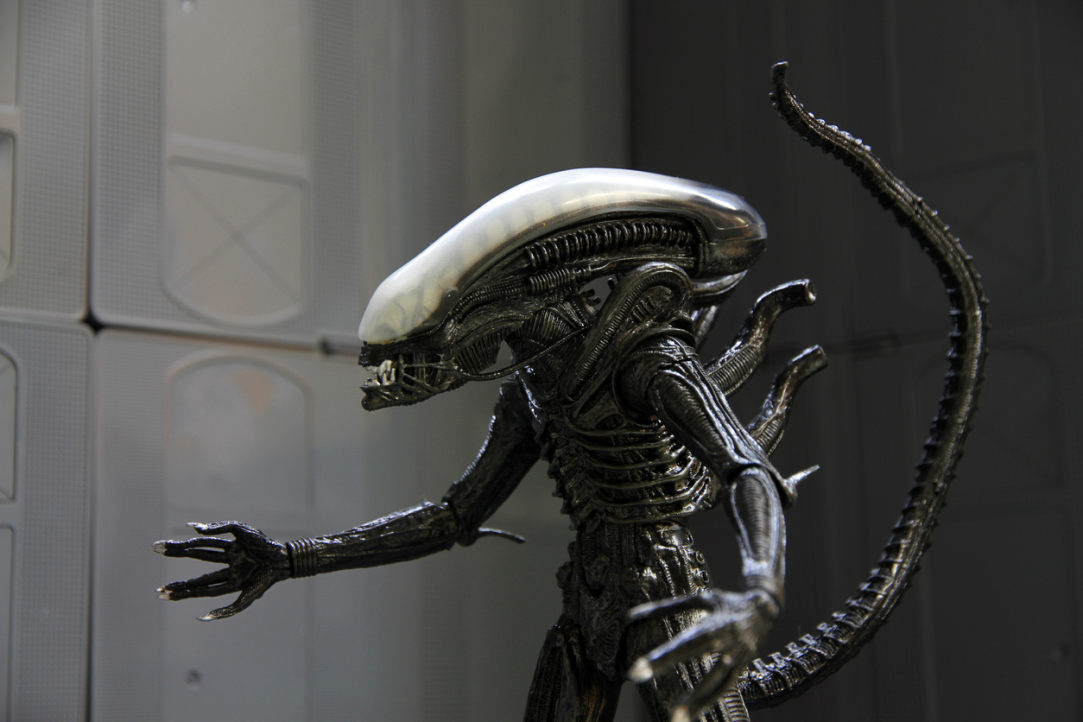
Traditionally, humans have imagined monsters as the exact opposite of themselves: huge, violent, or invisible and soulless beasts. This is apparent in many examples in cinema. However, the image of monsters on the screen transforms with time. A group of Critical Media Studies master’s students organised an event covering the topic of how this transformation takes place at the ‘Playing with Fear: New Image of Monsters in Horror Films’ round table on December 10th.
The event’s expert speakers—Ekaterina Lapina-Kratasyuk, Alexander Pisarev and Natalya Vereshchagina—examined the subject from different angles. In her online presentation, Ekaterina Lapina-Kratasyuk spoke about the work of the famous Swiss illustrator H R Giger. Today, Giger's monsters are not just an icon born of the success of Ridley Scott's Alien, but also a favorite aesthetic of moviegoers and the subject of exhibitions around the world, a dedicated museum, and even a bar.
Alexander Pisarev focused on an unusual manifestation of monstrosity: the brain. It was the brain that was the catalyst for the terrible and unpredictable events of the film The Matrix and the novel Heart of a Dog, not to mention the large number of historical and social narratives involving this organ.
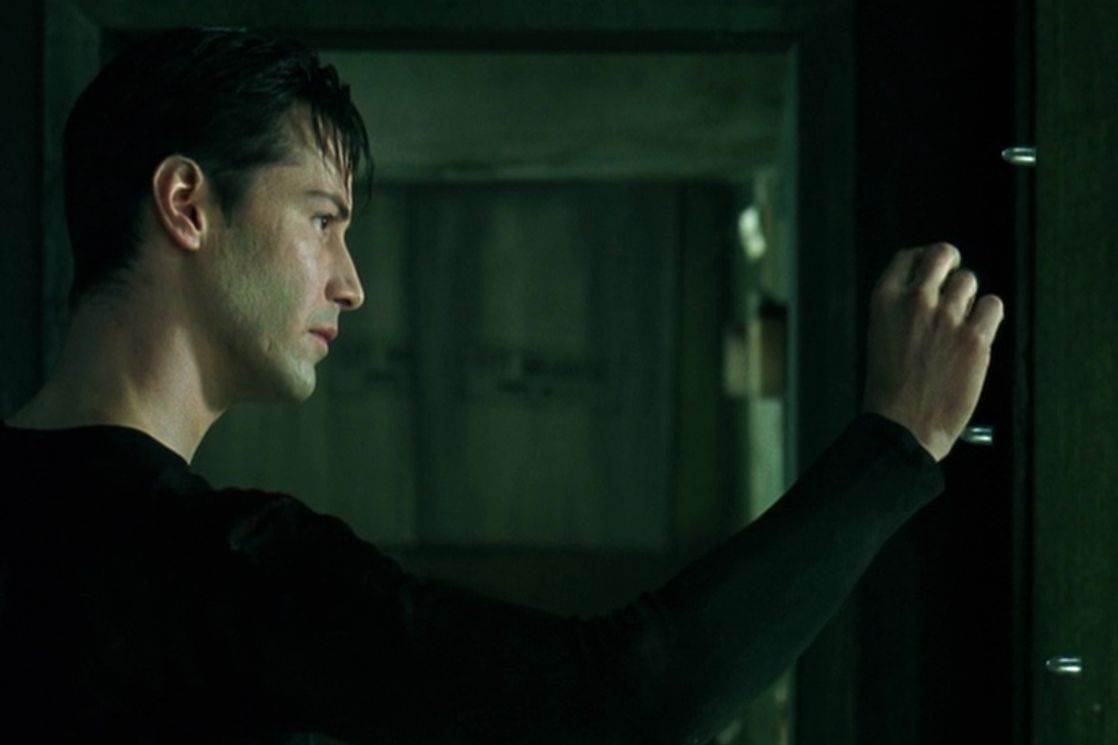
Natalya Vereshchagina continued to discuss the topic, citing examples from cult horror films of the mid-20th century such as King Kong (1933), Godzilla (1954), and modern blockbusters about battles between these American and Japanese titans.
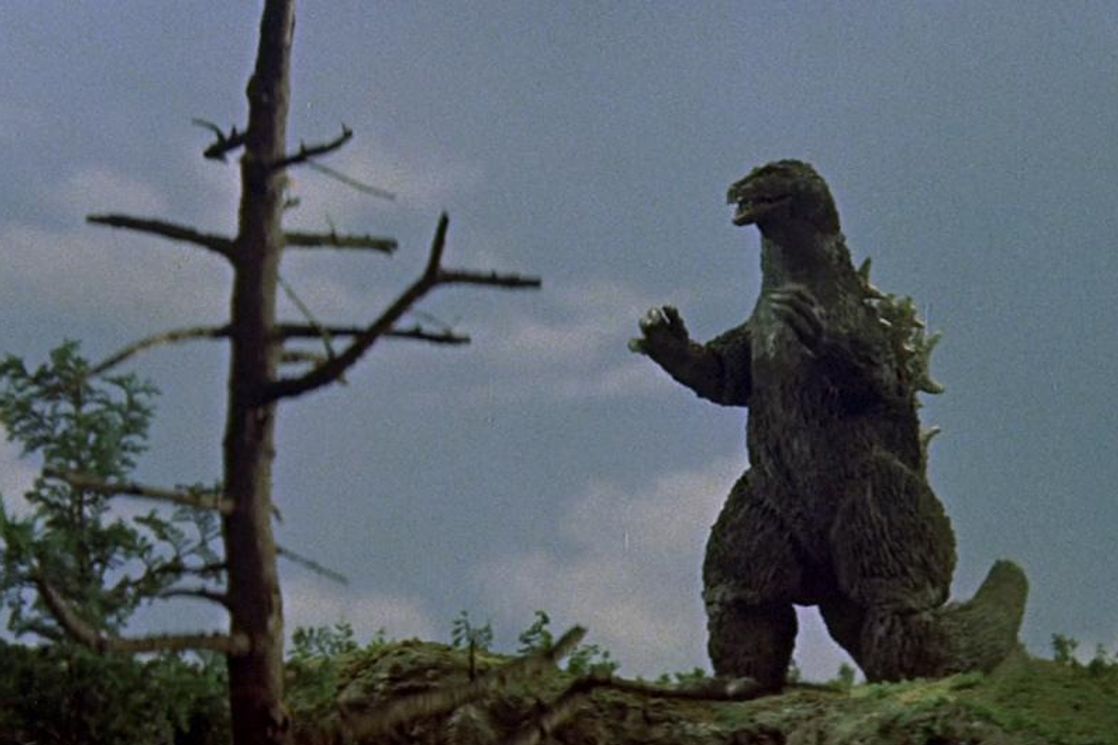
The round table ended with a performance in which sound artist Trang Ly presented the results of an analysis of the soundtrack for Stanley Kubrick's The Shining and demonstrated how music affects our perception of the film. The audience were invited to ask questions, which inevitably prompted further interesting questions.
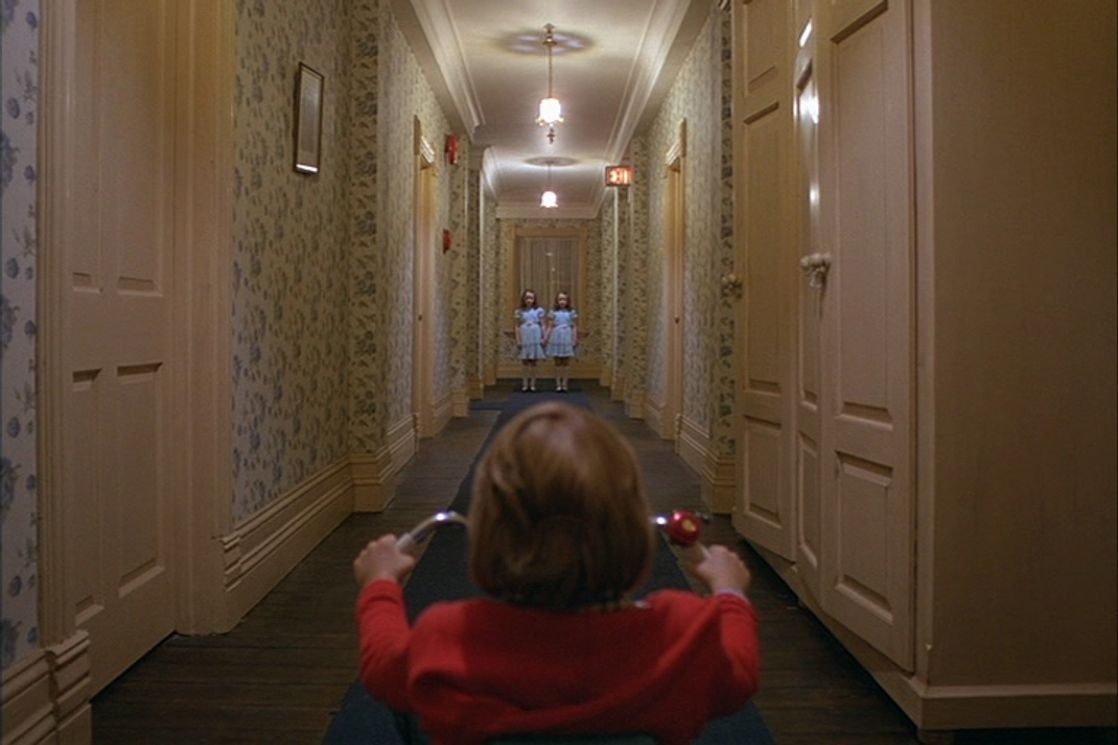
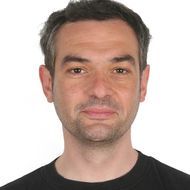
Panos Kompatsiaris, Associate Professor at the Faculty of Creative Industries Institute of Media
The event ‘Playing with Fear’ explored academic and artistic representations of monsters and monstrosity in film, television, and popular culture. The event was organised by second-year students of the master's programme in Critical Media Studies as part of a course project that aims to train students in practical, hands-on work. Playing with Fear introduced relevant issues in the field of monster studies into the debate and was well received by the audience, who engaged in stimulating discussions with the speakers.
Practical assignments are important in CMS because they encourage students to apply their acquired theoretical knowledge to teamwork and organisational tasks. The purpose is to provide students with the opportunity to plan every aspect of an academic event, including the selection of a topic, invitations to speakers, scheduling, marketing, and promotion. As students must work with their peers, developing a culture of teamwork is an important part of the assignment. The task is given to CMS final year students every year, and the themes they investigate are drawn from the main topics of the programme. The students are free to plan events around their own research interests in the context of group dynamics.
See also:
A Ticket to the Rocky Mountains and Media Research
This year HSE University is launching a new Master's programme in Critical Media Studies. HSE bulletin HSE Look has talked to Olga Baysha, Associate Professor at the Faculty of Communications, Media and Design, who was involved in creating the programme, about her path in academia, research interests, and teaching.
HSE University Launches New Master’s Programme in Critical Media Studies
HSE University’s new Master’s Programme ‘Critical Media Studies’, offered by the Faculty of Communications, Media, and Design, is now accepting applications for fall 2020. Programme Academic Supervisor and HSE Assistant Professor Panos Kompatsiaris explains what kinds of courses and research opportunities await the programme’s first cohort, and what makes the programme unique.


